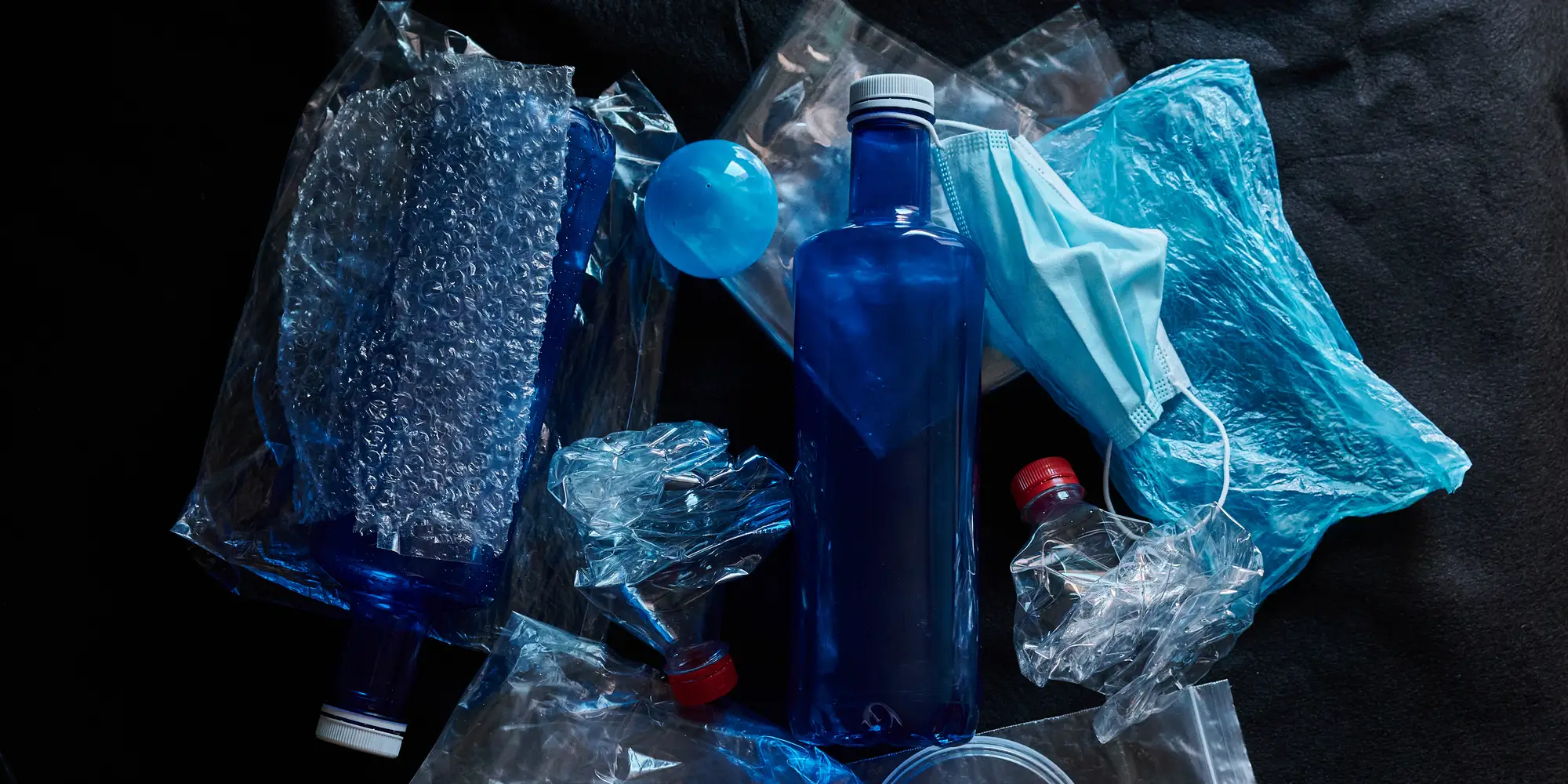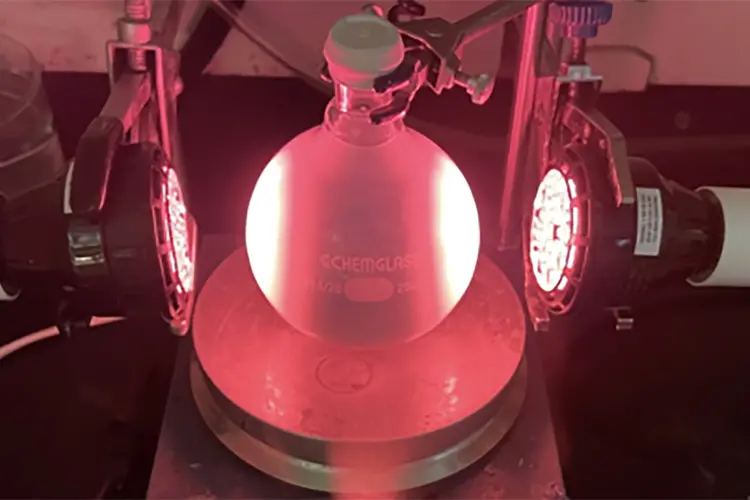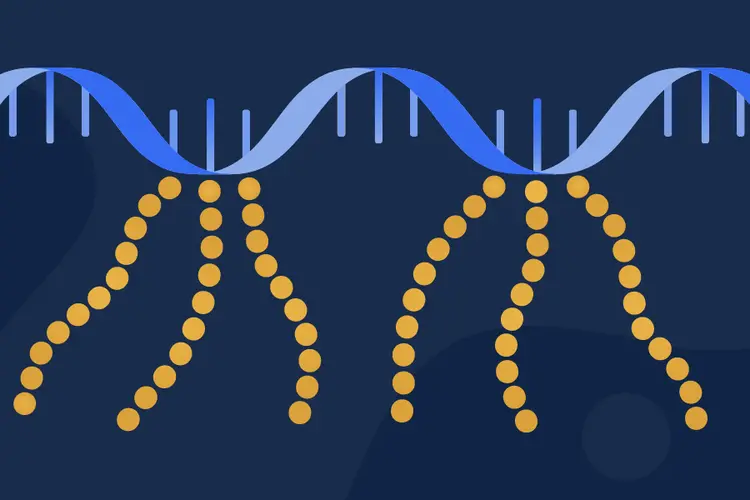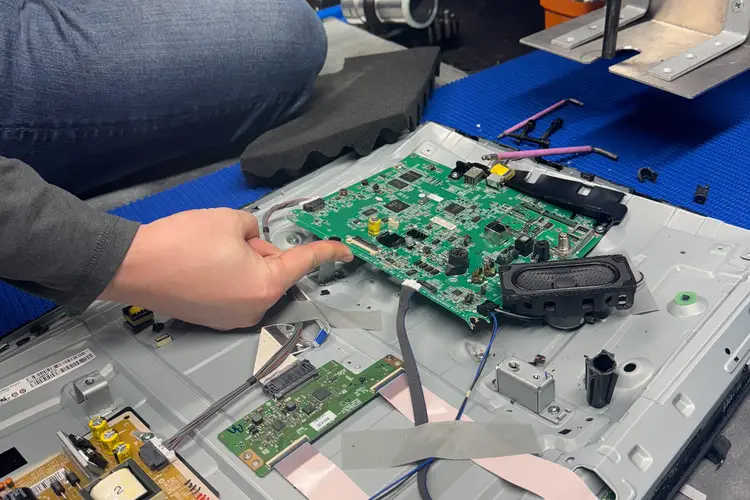
Sydlik, Wang Use Expertise To Make Upcycling Plastic Easier
Media Inquiries
Thanks to a one-two punch of chemistry and computational modeling, a seed grant project(opens in new window) supported by Carnegie Mellon University’s Scott Institute for Energy Innovation(opens in new window) is giving plastics a new lease on life.
Stefanie Sydlik(opens in new window), an associate professor of chemistry(opens in new window), and Gerald Wang(opens in new window), an assistant professor of civil and environmental engineering(opens in new window), have poured their resources into manipulating the properties of polymers to upcycle plastics.
As Sydlik explained, polymers can be either synthetic, as in the case of plastics; or natural, as in the case of DNA and proteins found in the body.
“A polymer, in its most simple definition, is a repeating unit of some molecular structure that happens over and over to make a macroscopic material,” Sydlik said. “The polymers that people worry about are the synthetic ones, which have structures that are incredibly stable because you see a lot of carbon-carbon bonds, which don’t occur very often in nature.”
That durability, which creates many everyday products like water bottles, also makes it hard for plastics to break down naturally, leading to microplastics. The researchers’ ultimate goal is to rethink the recycling process. Typically, plastics can be recycled a few times at most before they’re out of commission. Sydlik and Wang want to make polymer composites with chemical properties that allow them to be revived back to food grade quality and degrade more easily when their lifecycle ends.
This could accomplish even more than reducing waste. An added benefit is that upcycled plastics can support energy infrastructure — for example, windmills use polymer coatings on their blades.
Wang elaborated that a lot of clean and renewable energy technologies would benefit from the low-permeability of the barrier that polymers create, particularly for preventing water damage and other types of weathering.
“Anything involving hydropower, anything involving offshore wind, you’re going to have so much need for coating to prevent both water and salt from getting to surfaces,” Wang said. “Solar is also a real workhorse for clean energy, and solar panels have to sit out in the field where they can get rained on all the time.”
Wang uses molecular modeling to help identify plastics that could be ideal candidates for the upcycling method Sydlik has studied and refined as a chemist, which uses dynamic depolymerization and covalent attachment to graphene oxide.
One of the project’s tangible results is likely to be an open-source polymer simulation tool to make it easier for the research community to experiment with a relatively new, unexplored concept. This example also underscores the importance of seed funding to help innovative projects flourish and grow.



